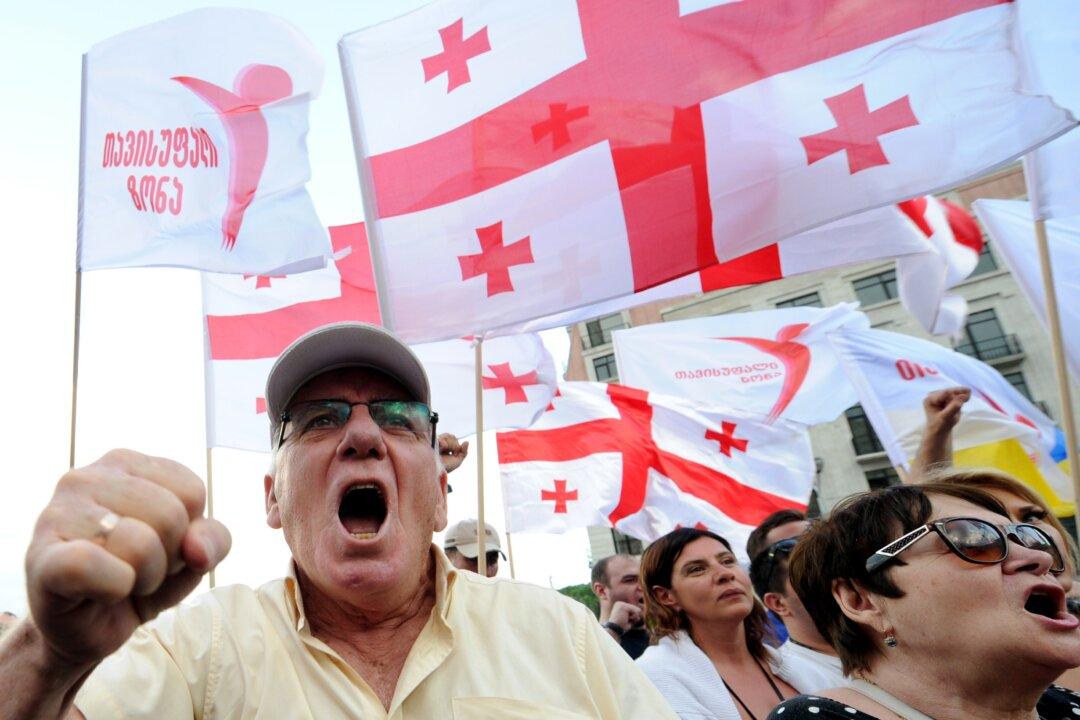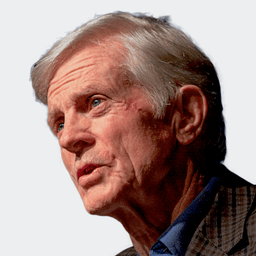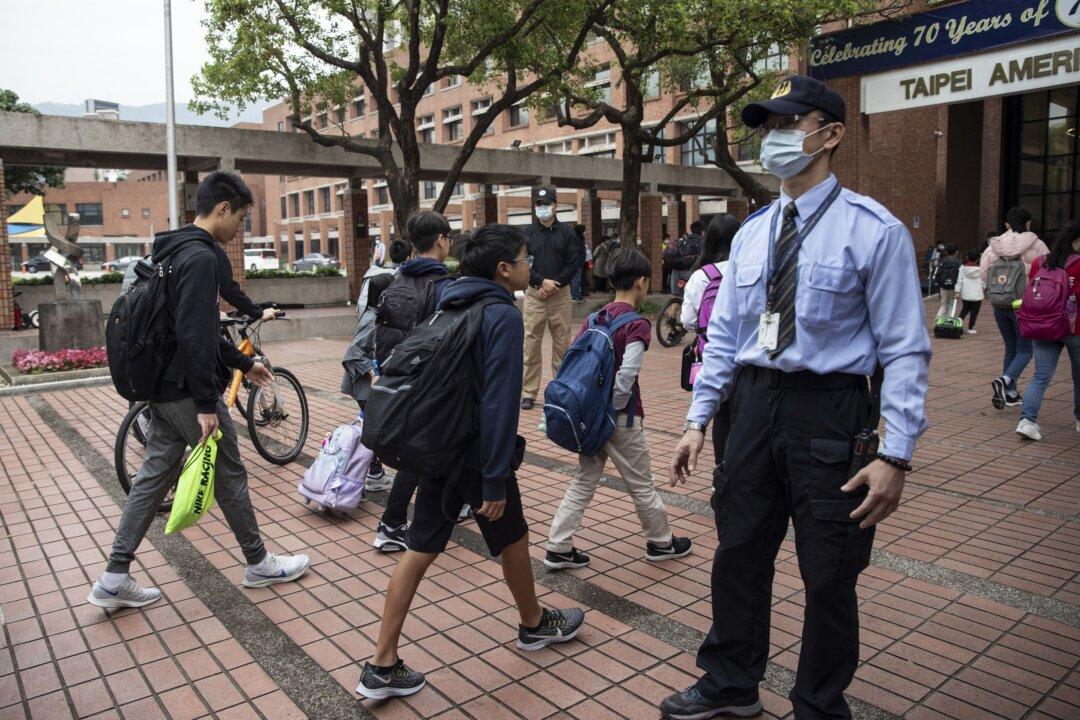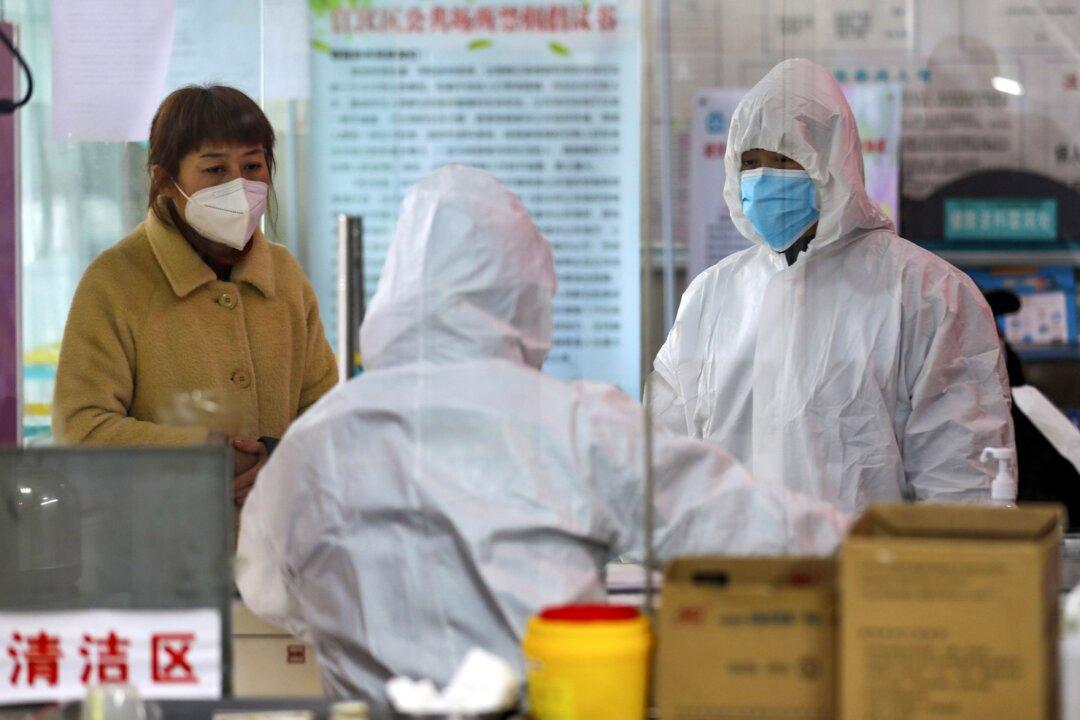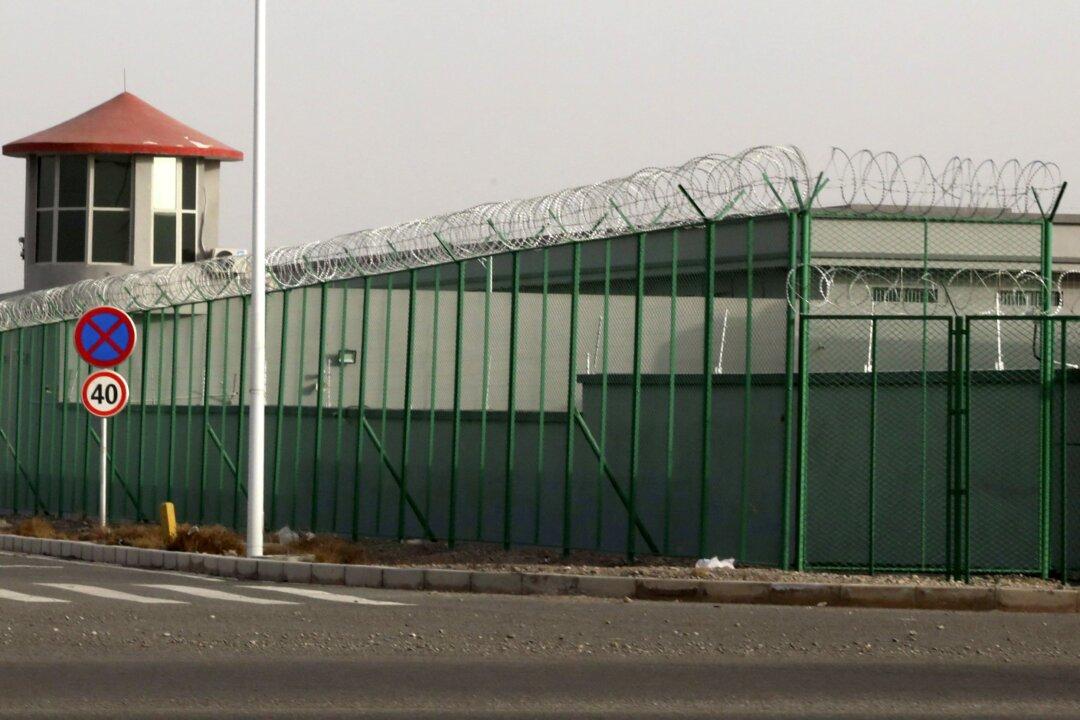The “Lonely Planet” travel guide is enthusiastic about the Republic of Georgia and its almost four million residents: “[It] is one of the most beautiful countries on earth ... Equally special are its proud, high-spirited, cultured people.”
Inhabiting the crossroads of western Asia and eastern Europe, Georgians have lived a complex and often painful history. From 1801, they were under the Russian czars, and after 1922 it was the Soviet empire. Full independence was restored with admirable determination in 1991.
Around the same time, the province of South Ossetia seceded from Georgia. In 1992–1993, a war was fought by Georgia with the Abkhazians, which led to their establishing Abkhazia as a separate state.
The post-Communist years in the 1990s saw much civil unrest and economic difficulty, but in 2003, Mikheil Saakashvili, the Rose Revolution president, introduced a series of democratic and economic reforms. He also fought effectively against corruption.
Unfortunately, in the summer of 2008, Saakashvili moved to occupy South Ossetia, seeing it as an integral part of Georgia and misreading what he thought was a green light coming from President George Bush to invade. Russian soldiers, no doubt at Vladimir Putin’s direction, invaded South Ossetia and their bombers struck inside Georgia. Almost immediately, Georgia was defeated.
It strongly appears that the pro-Western Saakashvili was promised NATO membership, although NATO was then—and no doubt today as well—unwilling to join the fighting. Saakashvili quickly sued successfully for peace.
